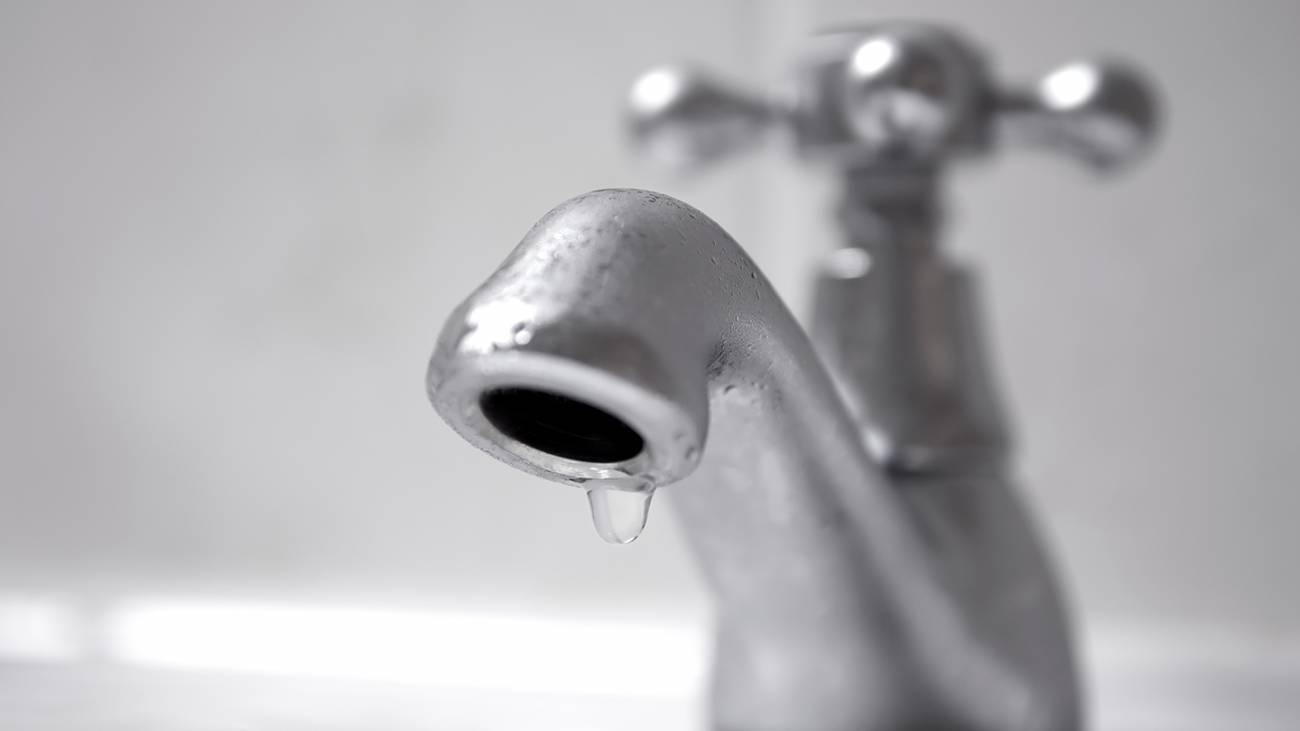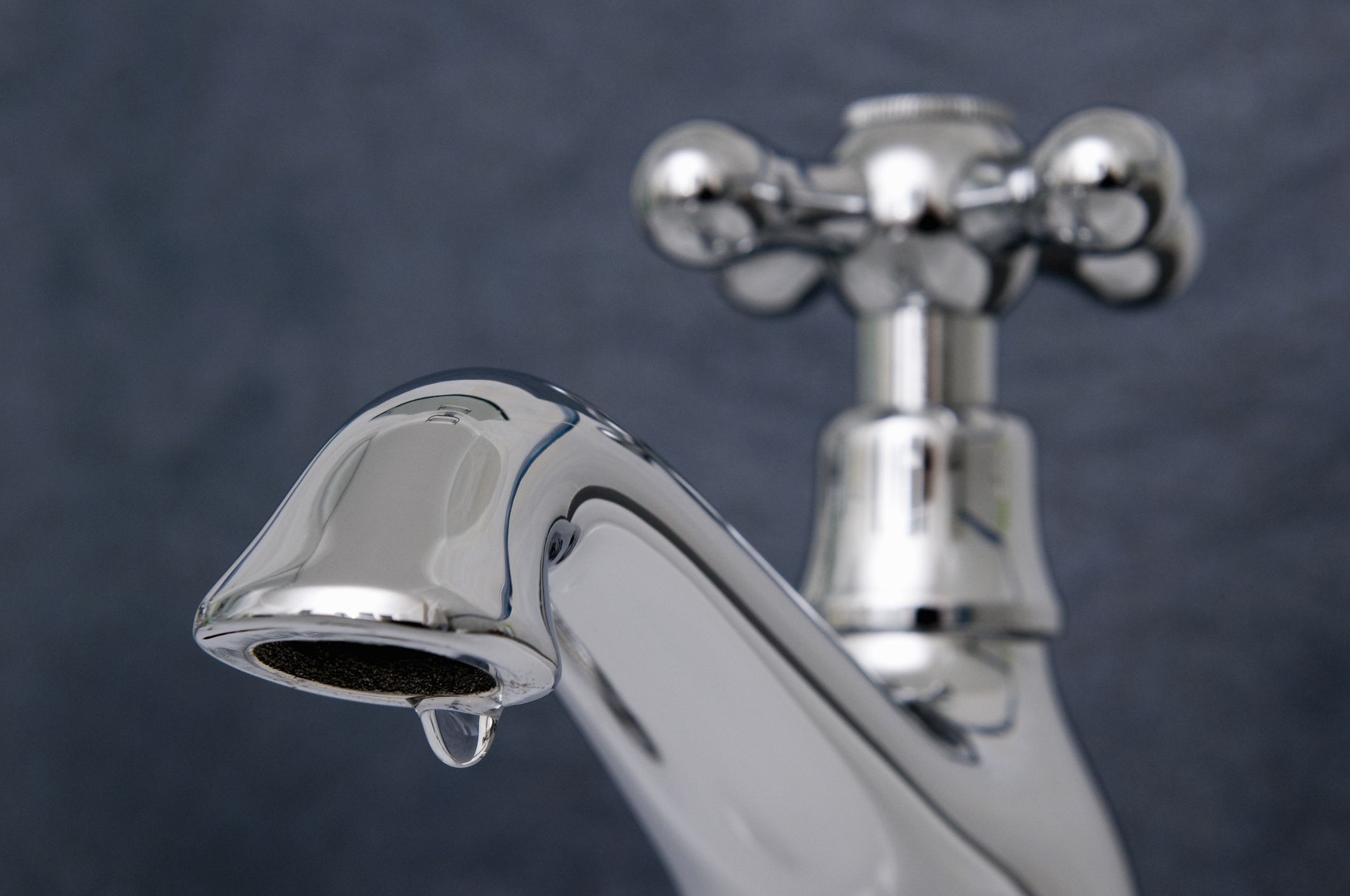My Outcomes of Avoiding a Busted Faucet
My Outcomes of Avoiding a Busted Faucet
Blog Article
What're your thoughts and feelings on The Environmental Impact of Leaky Faucets?

Introduction
A leaky tap may seem like a small annoyance, yet its consequences extend far beyond the occasional drip. Understanding the impacts of a dripping tap is vital for both house owners and the setting. In this post, we'll check out the different effects of this common household issue and why resolving it immediately is necessary.
Root Causes Of Leaky Faucets
Leaking faucets can arise from a selection of variables, consisting of wear and tear, high water stress, and rust. Over time, the consistent use of taps can cause worn-out seals and gaskets, triggering leaks to create. In addition, extreme water pressure can place strain on plumbing fixtures, causing leaks. Corrosion and rust can likewise damage tap components, making them vulnerable to leak.
Water Wastage
Among the most significant consequences of a leaky faucet is water waste. Even a little drip can add up to gallons of drainage in time. This not only increases water bills yet also adds to water deficiency and environmental destruction. Dealing with dripping faucets promptly is vital for conserving this precious resource and decreasing its impact on the planet.
Financial Effect
In addition to wasting water, leaking faucets can likewise have a substantial economic influence. Increased water bills are a straight consequence of water wastage, setting you back homeowners thousands of bucks annually. Additionally, the cost of repairing water damages brought on by leakages can be considerable, especially if left neglected for an extensive period.
Environmental Influence
The environmental impact of dripping faucets extends past water wastage. By preserving water, house owners can contribute to broader initiatives to reduce water deficiency and safeguard all-natural environments. Lasting alternatives such as rainwater harvesting and water-efficient components can even more decrease the environmental footprint of house water usage.
Technological Solutions
Improvements in technology have led to the advancement of wise taps and water-saving tools that help reduce water waste. Smart faucets utilize sensing units to identify activity and readjust water circulation accordingly, reducing waste without sacrificing convenience. Water-saving devices such as aerators and low-flow showerheads are also efficient in conserving water without jeopardizing performance.
Global Perspectives
While dripping taps may seem like a local problem, they contribute to broader global obstacles such as water shortage and climate adjustment. In regions currently dealing with water tension, every decline counts, making leakage prevention and fixing necessary. By adopting water-saving methods and investing in lasting modern technologies, house owners can play their component in dealing with these pushing global concerns.
Regulative Actions
Government regulations play a critical function in mitigating the effect of leaking taps and promoting water preservation. From building codes that need water-efficient components to water-saving motivations and rebates, policymakers have a variety of devices at their disposal. By implementing and imposing these guidelines, federal governments can ensure that property owners prioritize water preservation in their day-to-days live.
Area Influence
Addressing leaky faucets calls for cumulative initiatives at the area degree. By elevating recognition regarding the value of water conservation and offering resources for leakage discovery and repair service, regional authorities can empower homeowners to do something about it. Efforts such as water-saving refund programs and leak discovery campaigns can incentivize behavior adjustment and advertise liable water usage.
Instance Studies
Real-life examples of the influence of leaky faucets highlight the importance of proactive maintenance and prompt fixings. From water damage to skyrocketing water expenses, the repercussions of neglecting leakages can be extreme. By sharing these case studies, homeowners can better understand the importance of dealing with leaking faucets promptly.
Educational Campaigns
Educational campaigns play an essential role in elevating recognition regarding the impacts of leaky taps and advertising water conservation practices. Via workshops, seminars, and on the internet resources, homeowners can find out how to detect and fix leaks themselves. By encouraging individuals with understanding and devices, academic projects can promote a society of responsible water use within communities.
Health and wellness Concerns
Leaky taps can develop favorable atmospheres for mold and mildew development, positioning health and wellness risks to occupants. The presence of mold can aggravate breathing issues and allergic reactions, specifically in susceptible individuals. Furthermore, water damages resulting from leaks can jeopardize the structural stability of buildings and bring about costly repairs.
DIY vs. Professional Repair
When confronted with a dripping tap, house owners commonly dispute whether to attempt repairs themselves or work with an expert plumber. While DIY fixings can conserve cash, they may not constantly attend to the underlying concern efficiently. Specialist plumbing professionals have the know-how and equipment to detect and fix leakages correctly, making sure long-term services and satisfaction for property owners.
Safety nets
Preventing leaky faucets calls for routine upkeep and aggressive measures. Easy tasks such as replacing damaged washing machines and seals can protect against leakages from creating. Additionally, upgrading to premium fixtures and minimizing water pressure can assist extend the lifespan of faucets and minimize the threat of leakages.
Verdict
In conclusion, the results of a dripping faucet extend far past the occasional drip. From water wastage and increased water costs to health and wellness concerns and ecological effect, the consequences of overlooking leakages can be significant. By resolving leaking taps immediately and adopting water-saving methods, homeowners can alleviate these impacts and contribute to a much more sustainable future.
Why You Shouldn’t Ignore a Leaky Faucet in Your Home
What Causes a Leaky Faucet?
Various factors can cause a leak, from loose and worn-out parts to corrosion. Your faucet has four essential components from which most plumbing issues will stem: the O-ring, the valve seat, the washer and the gasket.
What Is an O-Ring?
The O-ring is a stem screw that fastens parts of the faucet in place, preventing water from leaking out of the spout. Depending on your faucet type, the stem might have multiple O-rings. Water will drip from the faucet’s handles and base if this part breaks or deteriorates.
What Is a Valve Seat?
The valve seat controls the flow and temperature of the water. Found at the base of the handle, it works as a seal for the faucet’s stem. The valve seat ensures the water is allowed to flow or is blocked as the handles dictate. You’ll know it’s malfunctioning when water leaks from your faucet’s sides.
What Is a Gasket?
The gasket is found between the water inlet and the valve stem. It creates a seal between the faucet and the sink, holding its joints by aerators attached to the stem’s head. Water will trickle out from the base if the gasket isn’t working.
What Is a Washer?
The washer secures the handles and prevents leakage, serving a similar purpose to the O-ring. While the O-ring is ordinarily round and made from an elastic material, such as rubber, the washer is square-shaped and composed of brass, copper and other hard metals. If it malfunctions, corrodes or has been improperly installed, water will leak out of the handles, causing that incessant faucet drip.
Why Is a Leaky Faucet Dangerous?
A leaky faucet left alone for too long can have significant consequences.
Pest Infestations
Since bugs and rodents gravitate towards the scent of water, a leaky faucet will draw pests to your sink. Both are looking for leaks accessible through crawl spaces, which a faucet provides. If you leave water dripping for too long, you run the risk of an infestation.
Rust
If one of the faucet parts has started to corrode, the resulting rust can spread to your pipes and valves with startling speed. The rust might even lead to cracks or other impairments, resulting in more severe plumbing issues.
Your sink could also sustain damage from a leaky faucet. The water in your tap possesses sparse elements of calcium and iron that can stain your sink with repeated and prolonged exposure. Once those elements in the water have been open to the air for some time, your sink will start to rust, creating marks that can be difficult to remove.
https://www.tomsmechanical.com/blog/why-you-shouldnt-ignore-a-leaky-faucet-in-your-home

As an avid person who reads about , I think sharing that piece of content was really helpful. Sharing is good. Helping people is fun. I treasure reading our article about Here's How to Fix a Leaky Faucet.
Report this page